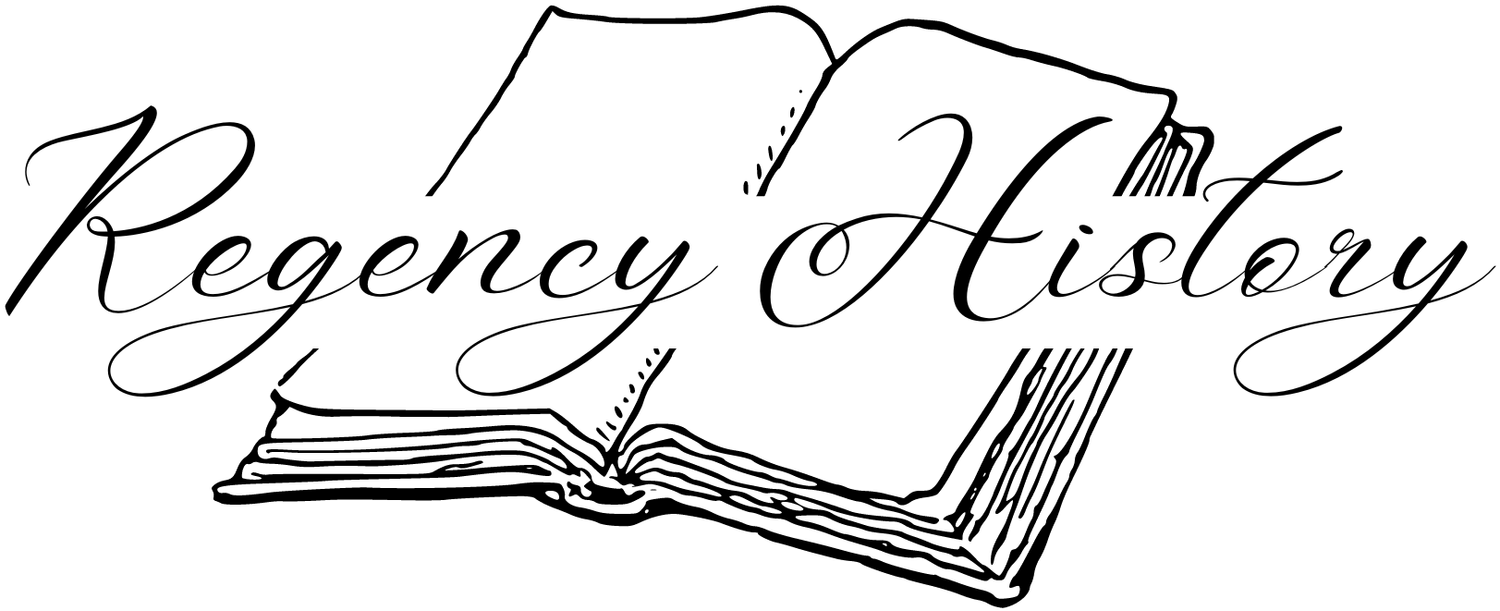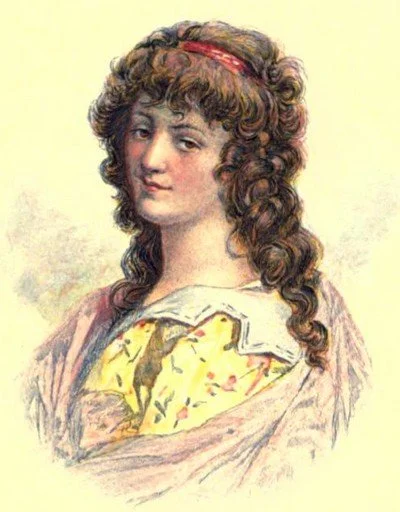William IV (1765-1837)
William IV from The History of the Life and Reign of William IV by Robert Huish (1837)
Profile
William IV (21 August 1765 - 20 June 1837) was the third son of King George III and Queen Charlotte. He was made Duke of Clarence in 1789 and became King of the United Kingdom of Great Britain and Ireland and King of Hanover on the death of his brother George IV on 26 June 1830.
The Sailor King
Prince William Henry was born at Buckingham House on 21 August 1765, the third son of King George III and Queen Charlotte.
As the third son, he never expected to become King, and at the age of 13, he embarked on a career in the navy. On 14 June 1779, William joined HMS Prince George as a midshipman under Admiral Digby. Henry Majendie, later Bishop of Chester, was appointed William's preceptor, to instruct and supervise him while at sea.
Prince William as a midshipman from The Life and Times of England's Patriot King by J Watkins (1831)
William worked up through the ranks to take command of his own ship, HMS Pegasus, in 1786. He served under Lord Nelson in the West Indies and the two became great friends. He was promoted to Rear-Admiral in charge of HMS Valiant in 1789, but retired from active service the following year.
He was made an Admiral in 1798, but the rank was in name only, as was the title of Admiral of the Fleet, which he was granted in 1811.
Admiral Lord Nelson after the painting by John Hoppner
in Miller's edition of Robert Southey's Life of Nelson (1896)
“Silly Billy”
As a young man, William was at times over enthusiastic and lacking in tact which led to him being given the nickname of “Silly Billy”. He was a blunt man, who had a tendency to use strong language, but his friendly manner made him popular with the public.
Dorothea Jordan
Dora Jordan etched by GMeunier from Romney from Mrs Jordan by James Boaden (1800)
After retiring from the navy in 1790, William lived at Bushy Park with his mistress, the actress Dorothea Jordan, by whom he fathered ten illegitimate children who took the name Fitzclarence.
Bushy Park from The History of the Life and Reign of William IV by Robert Huish (1837)
William left Mrs Jordan in 1811 when he was forced to consider marriage in order to solve his financial problems.
He pursued “The Wiltshire Heiress” Catherine Tylney-Long but she refused him.
Princess Adelaide of Saxe-Meiningen
Queen Adelaide from The History of the Life and Reign of William IV by Robert Huish (1837)
William married Princess Adelaide of Saxe-Meiningen at Kew Palace on 11 July 1818. The marriage was a happy one, but she was unable to provide William with an heir. She gave birth to two daughters, who died as infants.
Clarence House
Clarence House, London (2015)
Clarence House, which stands beside St James’s Palace, was built for William between 1825 and 1827, to the designs of John Nash. The interior of the house was plainly decorated and the final costs were around £22,000. William continued to live here rather than at Buckingham Palace after he became King.
The reign of William IV (1830-1837)
William had not expected to inherit the throne, but both his older brothers died before him without legitimate, living issue. Princess Charlotte, George IV’s only child, died in 1817, and then Frederick, Duke of York, died, childless, in 1827, leaving William heir to the throne.
William became King of the United Kingdom of Great Britain and Ireland and King of Hanover on 26 June 1830 at the age of 64, on the death of his brother George IV.
Frugality
William was much more frugal than his brother George IV had been and this gained him popularity. He insisted on a coronation that cost a tenth of what his brother’s had cost.
Political reform
The reign of William IV saw great political reform. The general election of 1831 led to the formation of a Whig government under Lord Grey who was committed to the extension of the franchise. Against considerable opposition in the House of Lords, the First Reform Act was passed in 1832, increasing the number of people who could vote and redistributing Parliamentary seats more equitably.
Lord Grey from The Life and Times of England's Patriot King by J Watkins (1831)
Abolition of slavery and other social reforms
In 1833, after years of campaigning from William Wilberforce and others, slavery was abolished throughout the British Empire. Other laws were passed prohibiting young children from working in factories and establishing workhouses for the poor. In 1836, compulsory registration of births, marriages and deaths was introduced.
Death
William died at Windsor Castle on 20 June 1837 without surviving legitimate children. He was succeeded on the throne of the United Kingdom of Great Britain and Ireland by his niece, Victoria, and by his brother Ernest, Duke of Cumberland, as King of Hanover.
Rachel Knowles writes faith-based Regency romance and historical non-fiction. She has been sharing her research on this blog since 2011. Rachel lives in the beautiful Georgian seaside town of Weymouth, Dorset, on the south coast of England, with her husband, Andrew, who co-writes this blog.
If you have enjoyed this blog and want to encourage us and help us to keep making our research freely available, please buy us a virtual cup of coffee by clicking the button below.
Sources used include:
Boaden, James, Mrs Jordan (1800)
Fry, Plantagenet Somerset, The Kings & Queens of England & Scotland, (1990)
Papendiek, Mrs, Court and private life in the time of Queen Charlotte: being the journals of Mrs Papendiek assistant keeper of the wardrobe and reader to her Majesty, edited by her granddaughter, Mrs Vernon Delves Broughton (1887, London)
Watkins, John, The Life and Times of 'England's Patriot King', William the Fourth, With a brief memoir of Her Majesty, Queen Adelaide, and her Family (1831)
Watson, J. Steven, Oxford History of England: The Reign of George III 1760-1815, (1960)
Woodward, Sir Llewellyn, Oxford History of England: The Age of Reform 1815-1870, (1938)
The website of the Royal Household
All photographs © RegencyHistory.net








